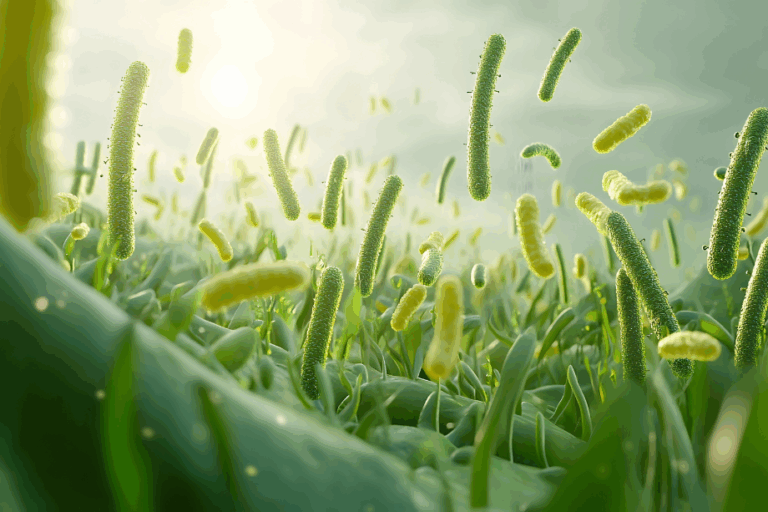My patient Barbara is a fifty-seven-year-old judge who in the last several years has been very careful about her food: no trans fats, nothing processed, no red meat, organic fruits and vegetables from the farmer’s market, and at least 20 grams of fiber a day. Given her healthy eating habits, she was completely perplexed as to why she was spending the better part of her day in the bathroom. Having a bowel movement had become a full-time job. The morning would get off to a reasonable start: a smallish log right after her morning tea, but things would deteriorate steadily after that with multiple, small, stuttering, pellet-sized poops that looked like rabbit droppings.
Each movement was accompanied by an annoying feeling of incomplete emptying. She could feel she had more stool inside, but she couldn’t get it to come out. Invariably, within half an hour, it was back to the bathroom for more unsatisfying action.
Barbara was experiencing tenesmus, the medical term for incomplete evacuation that occurs when the colon can’t fully rid itself of waste. And that’s exactly how Barbara was feeling: toxic. She didn’t want to go to the movies, she didn’t want to go out to dinner, she didn’t want to go to the gym, and she definitely wasn’t in the mood when her husband got romantic. All she wanted was to get the stool out of her colon and into the toilet. She was bloated all the time, even after bowel movements, and was being driven to distraction by sitting on the toilet ten times a day. Her erratic bathroom habits were interfering with her responsibilities in the courtroom, as she was constantly having to adjourn to take a bathroom break. To add insult to injury, she was having a terrible time keeping her underwear clean because she was having problems with leakage she couldn’t seem to control, as well as “wet gas.” She had to wear a panty liner to catch stool stains and stray pellets and was going through mounds of toilet paper from endless wiping. She was fifty-seven, fit, and glamorous on the outside, but her insides felt old and lackluster—and the disparity was really starting to wear on her.
Things had been fine in the bathroom for Barbara until about two years ago, and they had been getting steadily worse since then. She thought her symptoms might have something to do with menopause, and she even worried about colon cancer based on how small and thin some of the stools were. She’d had her first screening colonoscopy five years ago when she was asymptomatic and had been told by the gastroenterologist who did the exam that everything was normal. Her internist concluded that she now had IBS and recommended that she consider stepping down from her position as a federally appointed judge to do something less stressful. But Barbara didn’t feel stressed out by work. She felt stressed out by her bowel movements and rejected the notion that it was the other way around. I asked Barbara to bring in all her old records for me to review, including the colonoscopy report from five years ago. It described a narrowed sigmoid colon due to bowel wall thickening and scattered, shallow diverticular orifices (i.e., potholes) in the lower part of the colon: classic diverticulosis.
I decided to repeat Barbara’s colonoscopy because it had been five years since her last one and her symptoms were quite severe. When I took a look at her colon, the diverticulosis was still there (it doesn’t go away, but we can prevent progression and complications), but it was much more extensive than on her previous exam. Instead of the little dimples of five years ago, she now had large craterlike potholes, giving the lower half of her colon a Swiss cheese appearance.
It turned out that Barbara’s mother, aunt, and paternal grandfather all had diverticulosis. While diverticulosis isn’t genetic, it’s extremely common in the developed world based on our diet, and people from the same family tend to eat the same way, so they have the same risk factors for developing it.
Even though Barbara was eating a fair amount of fruits and vegetables, a lot of it was tropical fruits, such as pineapple and bananas, and salad with iceberg lettuce. These foods have valuable nutrients but not that much fiber. I recommended adding apples, pears, and berries and tossing spinach, chickpeas, and raw veggies into her salads. But she still needed some help getting to 30 grams. I’m not keen on processed forms of fiber from cereal or baked goods or food manufacturers’ practice of adding it to things like yogurt or candy bars where it doesn’t naturally occur and has questionable benefits, but I am a fan of fiber supplements. A daily tablespoon or two of ground psyllium husk can make straining and incomplete evacuation things of the past. The wonderful thing about fiber is that as you start to consume more of it, not only do you start having bigger stools that pass out more easily, but your risk for developing serious conditions such as heart disease, cancer, stroke, and diabetes also decreases.
I started Barbara on a tablespoon of ground psyllium in the morning and after a week added a second dose. I warned her that things might get worse before they got better, which they did. The first two weeks, as her body adjusted to the added amount of fiber, she was more bloated and constipated than she’d ever been and on the verge of firing me as her gastroenterologist. But then something remarkable happened. Her bowel movements started to get bigger. Much bigger. Fill-the-toilet- bowl bigger. Clog-the-toilet-bowl bigger on one occasion. And they also started to get less frequent. Ten trips became five. And five became three – three really good stools.
Even though Barbara still had a feeling of fullness from her thickened sigmoid colon, she was much less bloated, not spending all day in the bathroom, and having three stools instead of ten, and she was pretty happy with that.
Stool nirvana is different for everyone. By being mindful of initial signs and symptoms and making a habit of eating a high fiber plant-based diet, you’ll have the edge on preventing diverticulosis, catching it early, or stopping it in its tracks.
Takeaway: More than a third of the population over age fifty in the United States has diverticulosis. Since that’s around the age when we recommend starting colonoscopy to screen for colon cancer (official age is now 45), it’s not surprising that it’s one of the commonest things we see—sometimes as an incidental finding in someone who’s asymptomatic.
The good news is that diverticulosis isn’t a risk factor for colon cancer, and it doesn’t require medical intervention the way polyps, ulcerative colitis, or Crohn’s do. The not-so-good news is that for this reason, it tends to get overlooked as an inconsequential finding, and it may not even get mentioned, as was the case with Barbara after her first colonoscopy.
You yourself may have had a colonoscopy in which diverticulosis was seen but were told the colonoscopy was normal and that your symptoms were from IBS. I think part of the communication problem is that a colonoscopy is usually being done to look for colon cancer or polyps, so no cancer or polyps can translate to a “normal exam.” Or maybe if you had symptoms, you weren’t vocal enough about them at the time of the colonoscopy, leading your gastroenterologist to discount them and not put two and two together.
In addition, some doctors see diverticulosis as a natural part of the aging process of the colon—like wrinkles or gray hair—nothing that requires a great deal of discussion. Others just aren’t well versed on the kinds of symptoms diverticulosis can cause, focusing instead on more dramatic complications like diverticulitis—infected or inflamed diverticular pockets. This is why I’m always interested in seeing the actual report when someone’s had a previous colonoscopy: “normal” doesn’t always mean nothing’s wrong.
For more information on diverticulosis and its more progressive form, diverticulitis, check out Dr. Chutkan’s latest interview on The People’s Pharmacy.
First appeared in Gutbliss (Penguin 2013).







